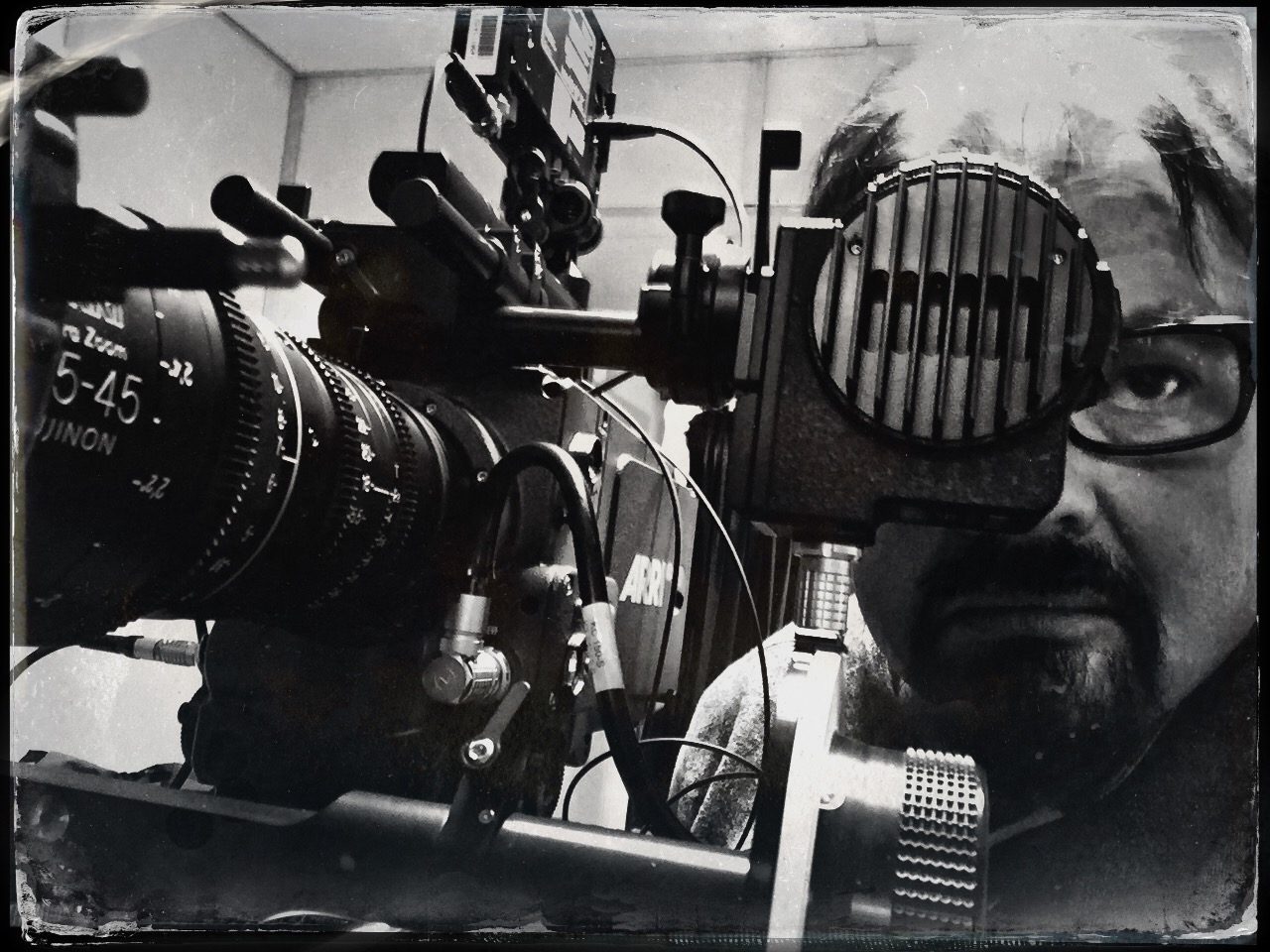Reflections of an Experimental Film Practice

Avant-garde and the experimental film are difficult to define, the film theorist A L. Rees argues, “Significantly, the avant-garde has traded under many other names: experimental, absolute, pure, non-narrative, underground, expanded, abstract; none of them satisfactory or generally accepted. “ (Rees, 2011: 2). Experimental film typically is associated with the independent filmmakers and the Auteurs who may also have experienced a toe hold in mainstream filmmaking. Bordwell also argues that . . . “experimental filmmakers often start by photographing real objects. But the filmmakers then juxtapose the images to emphasize relations of shape, color, movement, and so on. As a result, the film is still using abstract organization in spite of the fact that we can recognize the object as a bird, a face, or a spoon. (Bordwell, Thompson and Smith, 2016: 372).

Avant-garde and Abstract films present the audience with a series of images a montage of shapes and colours, Bordwell then argues “ . . . abstract films as frivolous. Critics may call them “art for art’s sake,” since all they seem to do is present us with a series of interesting patterns. Yet these films make us more aware of such patterns.” (Bordwell, Thompson and Smith, 2016: 373) Bordwell also makes the argument that experimental filmmakers and their films can become mainstream and influence commercial cinema, “Early in the 1940s two of cinema’s greatest directors made their Hollywood debuts. One launched his career, the other reinvented himself on a new scale. They became the most consistently experimental and influential filmmakers of the period . . . ” (Bordwell, 2017: 440). These directors are Orson Welles and Alfred Hitchcock, two of the most influential directors of their time and still relevant today.
I have previously argued that Cinema assumes a privileged position in the creation of memories through film, but there is no definitive consensus with this statement, indeed other definitions of cinema itself exist.

The film theorist A.L Rees states that “[t]he British independent filmmaker Peter Greenaway has recently offered an inclusive definition of cinema. For Greenaway, Cinema is the sum of all technologies which work towards articulating the moving image. Cinema is a continuum. It embraces equally the big movie and the computer screen, the digital image and the handmade film, and importantly such structures as speech and writing, acting, editing light projection and sound. (Rees, 2011: 4-5). While I am not totally convinced by this definition, what does this imply? The experimental film can be independent of the cinema environment, the definition of Cinema in this case, I mean the structure, with its raked seating, and the film projected onto a large, fixed screen. Whereas experimental film is equally embraced when delivered to the small screen (Television), the computer screen, and on mobile devices. It is not limited to its projection in a cinema environment. I would go on to suggest that the ability to view these works on a small screen or mobile device offers the filmmaker more opportunities to be experimental, for example, interactivity with the spectator. Rees argues that “[f]or much of its history the avant-garde has questioned this assumption of cinema as cultural myth and industrial product and offered several alternative ways of seeing. At the same time, the act of seeing and hence of illusion and spectacle is itself put in question.” (Rees, 2011: 5). What does this mean? I would suggest that as technology advances expanding upon our viewing choices audiences may if not already shift their viewing preferences to alternative platforms as technology advances and viewing habits change. Cinema has recognised this and has adapted, this can be identified with the rise of the studios (Disney+) offering video streaming services and the recent trends of the simultaneous release of films in cinemas, with online film premiers, films promoted and streamed directly by the Hollywood studios.
Bibliography
Bloom, H. (2004) Christina Rossetti: Comprehensive Research and Study Guide (Bloom’s Major Poets). Chelsea House Pub (L).
Bordwell, D. (2006) The Way Hollywood Tells It. University of California Press.
Bordwell, D. (2017) Reinventing Hollywood: How 1940s Filmmakers Changed Movie Storytelling.
Bordwell, D., Thompson, K. and Smith, J. (2016) Film Art: Creativity, Technology, and Business, Film Art: An Introduction.
Bradley, B. (2016) The Coen Brothers Reveal ‘Fargo’ Is Based On A True Story After All | HuffPost UK Entertainment. Available at: https://www.huffingtonpost.co.uk/entry/coen-brothers-fargo-true-story_n_56de2c53e4b0ffe6f8ea78c4 (Accessed: 1 December 2021).
Colman, F. (2012) Film, theory and philosophy: The key thinkers, Film, Theory and Philosophy: The Key Thinkers. doi: 10.5860/choice.48-0157.
Daniels, G. (2014) ‘Memory, Place and Subjectivity : Experiments in Independent Documentary Filmmaking’, (May), p. 235.
Halbwachs, M. (1992) On collective memory. Edited by L. A. Coser. University of Chicago Press (Heritage of sociology).
Hayward, S. (2018) Cinema Studies The Key Concepts. Fitth, Book. Fitth.
Hielscher, Eva; Jacobs, Steven; Kinik, A. (2019) The City Symphony Phenomenon: cinema, art, and urban modernity between the wars. Routledge.
Hutchinson, P. (2017) Where to begin with city symphonies | BFI, BFI. Available at: https://www2.bfi.org.uk/news-opinion/news-bfi/features/where-begin-city-symphonies (Accessed: 14 March 2022).
Keating, Patrick (2014) Cinematography. Edited by P. Keating. New Brunswick, New Jersey: Rutgers University Press (Behind the Silver Screen ; 3).
Pramaggiore, M. (2008) Film : a critical introduction. 2nd ed. Edited by T. Wallis. London: Laurence King.
Rees, A. L. (2011) A History of Experimental Film and Video, A History of Experimental Film and Video. doi: 10.5040/9781838710637.
Previous articels


